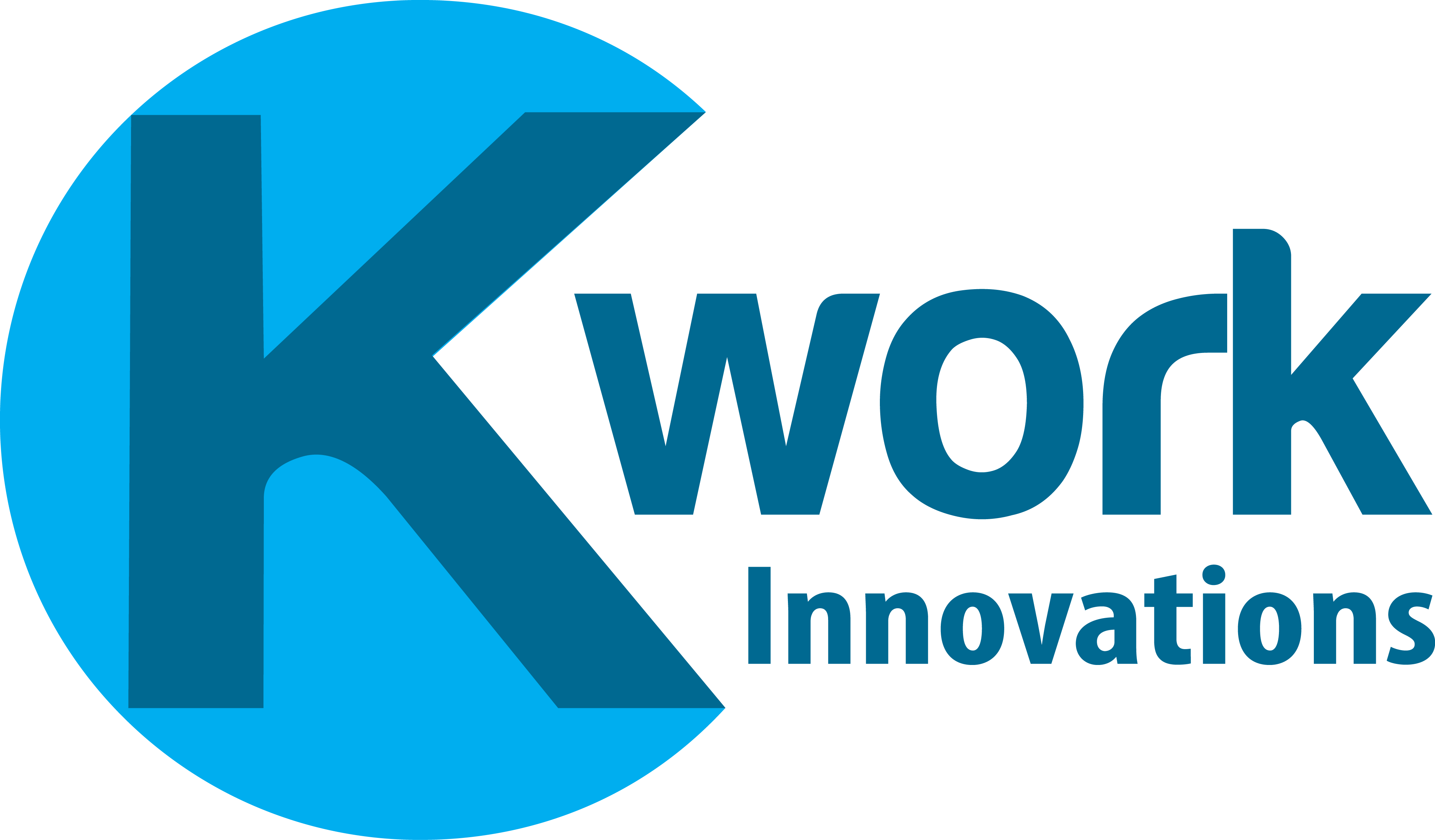WordPress is a web publishing software and is the most popular way to create a website or blog. In fact, the platform is now powering more than 26% of the web. Considering that the total number of active websites is estimated at over 172 million that means that around 75,000,000 WordPress blogs using the platform. Needless to say, it is one of the most popular content management systems today and for good reason.
A World before WordPress
It’s hard to imagine the blogosphere without WordPress but before 2003 (the year it was created), there existed another platform that catered to the needs of thousands of bloggers all over the world: the b2/cafelog.
Released in 2011, b2/cafelog was a straightforward blogging tool created by a French programmer known as Michel Valdrighi. But then in December 2002, Valdrighi ceased to continue maintaining b2/cafelog’s software. By that time, there was already a decent amount of people using the blogging platform and there was suddenly no developer support. Matt Mullenweg was one of those users.
How did WordPress begin?
In 2003, Matt Mullenweg with the help of his friend Mike Little created a new branch of b2/cafelog by forking the original system to create their own version. Mullenweg and Little didn’t just copy b2/cafelog’s best features, they added several improved features as well. On May 27, 2003, Mullenweg announced the availability of the first version of WordPress. It was immediately well received.
The capabilities of the platform further expanded at the release of version 1.2 in May 2004 where users are now allowed to write their own plugins and share them with the community. The first plugin that was created was made by WordPress co-founder Matt Mullenweg called Hello Dolly, to serve as an example of how to extend the features of a WordPress website aside from altering the code.
In 2005, version 1.5 introduced themes and pages. The release was a sensational success and was downloaded more than 900,000 times. At the same year, the company behind WordPress, Automattic, raised $1.1 million in funding from various investors including CNET and True Ventures.
The Growth of the Platform (2006 – 2007)
On March 1, 2006, Automattic officially filed the trademark registration for WordPress and WordPress logo. Also in 2006, the first WordCamp which had 500 attendees was held in San Francisco and was organized by Matt Mullenweg himself. WordCamp is a conference that focuses on everything WordPress. Everyone from casual users to core developers participate, share ideas, and get to know each other. Today, WordCamps are held in many other countries around the world. As of 2018, there are 784 WordCamps in 69 cities across 65 countries.
When it comes to updates on the platform, 2007 was pretty uneventful. Nevertheless, it was still a big year for the company as it was the year that funding partners and investors took WordPress a lot more seriously. By the end of the year, there was no doubt that WordPress has become a significant presence in the online community.
Revamps (2008 – 2009)
The years 2008 and 2009 came with a lot of improvements on the platform’s admin interface implementing new design features. New features were released within these two years such as one-click updates, shortcodes, built-in plugin installation, a built-in gallery, and an improved visual editor effectively making the platform the most powerful CMS in the market during that time.
This period also saw the continual growth of the Plugin Directory and the launch of the Theme Directory. With the WordPress Theme Directory, anyone can create and upload their themes and make it available for free for thousands of users. As of today, there are over 2,500 free themes available for download on the site.
The Expansion (2010)
According to many developers, the most groundbreaking update that WordPress released would have to be the WordPress 3.0 (Thelonius) which was released in June 2010. This update came with the custom post types feature which opened the gates for to all kinds of customizations adding a whole new level of power and flexibility to site owners.
2010 is also the year when Mullenweg officially set up as a charitable organization called the WordPress Foundation.
“The point of the foundation is to ensure free access, in perpetuity, to the software projects we support. People and businesses may come and go, so it is important to ensure that the source code for these projects will survive beyond the current contributor base, that we may create a stable platform for web publishing for generations to come.” – WordPress Foundation
Matt Mullenweg transferred the ownership of the WordPress trademark and logo to the foundation ensuring that the platform will continue to grow and is not dependent on any company or a group of developers.
Continued Improvements (2011-2014)
For the next couple of years, WordPress focused improving their existing software rather than release new ones. The updates on 2011 made the platform perform faster and was developed to be friendlier for beginners.
In 2012, the updates focused on built-in theme customization and was also the year when a WordPress/Twitter integration was first developed. It was a big year for Matt Mullenweg because it’s when he earned his spot on 2012 Forbes’ 30 Under 30 in Media list.
2013 came with the new automatic updates feature that allowed the platform to automatically update the users’ site software for minor releases. The updates on 2014 focused on the improvement of the visual post editor and also live widget previews, audio playlists, and several other enhancements.
WordPress as We Know It Today (2015 – Present)
With every update WordPress released after 2015 came the improvements of the platform’s responsiveness, streamlined updates for themes and plugins, a custom CSS feature for theme customizer, content recovery by using browser storage and HTTP support. Several security and maintenance-focused updates were released in 2016. Versions 4.8 and 4.9 which were released in 2017, brought several new widgets to add images, video, gallery, rich text, and HTML.
Today, there are millions of people with WordPress blogs around the world and the platform is constantly evolving to address the users’ needs.
WordPress.com vs WordPress.org
Most of the time, bloggers are faced with the same dilemma when they are planning in setting up a new WordPress website – whether to use WordPress.com or WordPress.org. Both have the same name and uses the same base software but the two platforms are actually very different.
Basically, when you use WordPress.org, you have to host your own website. That means that you have to purchase your own web host and domain name but the upside to this is you have full control over everything. On the other hand, WordPress.com is a free platform built on the WordPress.org software. All you have to do is sign up for an account and you’ll have a working website immediately since the hosting is handled by WordPress.com. You can save money but there are limitations to what you can do on your site especially when it comes to monetization.
If you want full control over your WordPress website, it’s best to go with WordPress.org. However, if you are just blogging for fun and you’re not really planning on making it into something you earn money from, WordPress.com would suffice.
What’s Next for WordPress?
Recently, WordPress launched Gutenberg, a new editor for the platform that aims to make building a website easier especially for those just starting with WordPress. This is a huge improvement since the former visual editor requires users to utilize shortcodes and HTML to make things work. Gutenberg is going to entirely alter the editing experience by moving to a block-based approach to content.
Although WordPress has had a fruitful 15 years, it’s safe to assume that the best years are still yet to come for the platform. With the new editor promising to make web creation a lot easier and upcoming new features, more and more sites will be built on WordPress.

